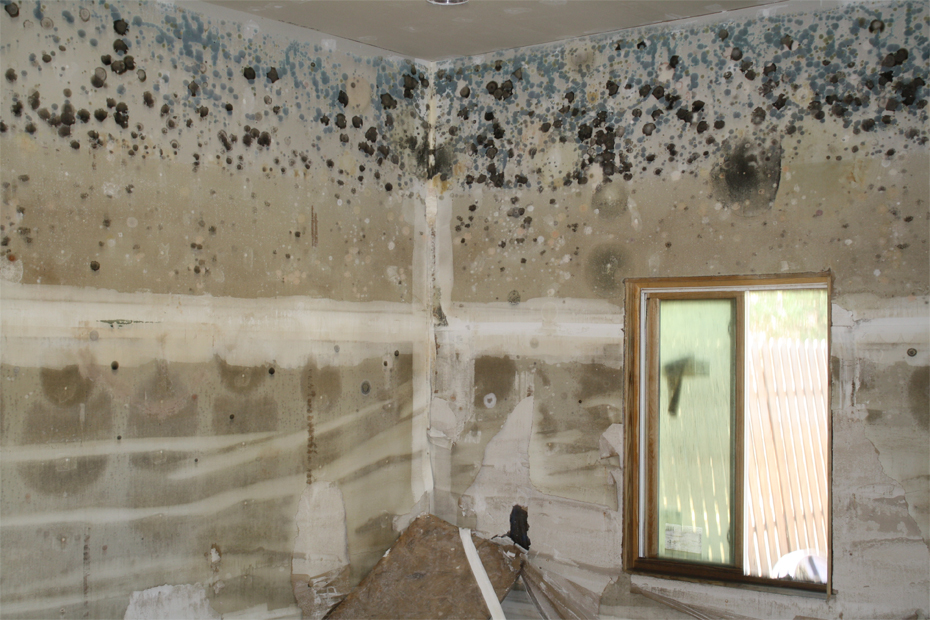As a homeowner or resident of South Carolina’s coastline, learning to mitigate and manage fungus is part of the deal. Mold grows in humid, warm, and damp conditions — a common climate for SC. To no surprise, fungal infections like athlete’s foot and ringworm thrive in these conditions too. Learn how best to keep your home and family fungus-free with a few prevention tips from the pros.
Preventing Mold Growth
First, it is important to know the signs of mold and to understand the effects it can have on the body. Mold spores spread very rapidly and are rarely eradicated completely. A lingering mildew smell paired with mold allergy symptoms is a good indicator of mold growth.
Showers and basements are moist areas where mold commonly grows, but in humid conditions, mold can be found just about anywhere. Fortunately, there are tests you can use to find hidden mold if any of these signs or symptoms are recognized. There are also companies to come inspect the dwelling if you’d rather leave testing to those certified.
To prevent mold growth before it starts, be proactive and try the following:
- Add mold inhibitors to paint before painting
- Avoid carpet in areas that retain moisture like basements and bathrooms
- See that the ground surrounding your foundation is slightly downhill to prevent water accumulation around the house
- Use mold-killing products to clean the bathroom, kitchen, and other moisture-retaining areas
- Clean roof gutters frequently and make repairs if necessary
- Keep the drip pan below your air conditioning unit clean
- Keep the humidity inside the house between 30 and 60 percent
- Improve airflow throughout the house
- When anything spills or if there is a leak, clean it up immediately
- Run an exhaust fan when you shower, cook, run the dishwasher or dryer
If you’ve detected mold, clean it away as soon as possible. Use a bleach solution with soap and water but do not combine other cleaning products in the process. This can create fumes that are toxic for the cleaner.
Managing Fungal Infections
Whether it’s ringworm, athlete’s foot, jock itch, or dandruff — diagnosing and treating fungal infections is never fun. Anyone is at risk of developing these infections, especially in humid conditions where moist, warm areas on the body are even more common. There are several different ways to approach treating these conditions including recommended natural remedies, over-the-counter medication, and prescription-grade treatment.
Natural
There are several home remedies for various fungal infections. For example, some suggest that garlic, apple cider vinegar, aloe vera, and coconut oil can cure ringworm. Garlic can also be used as a natural remedy for athlete’s foot. Tea tree oil, baking soda, and hydrogen peroxide with iodine are other natural treatments for athlete’s foot.
Over-the-counter
There are loads of antifungal medication brands that make over-the-counter products for mild fungal infections and skin conditions. Be sure to consult your doctor before determining if an over-the-counter treatment is right for you. Some of the best-voted foot fungus creams include terbinafine, clotrimazole, miconazole, and tolnaftate. Miconazole, clotrimazole, and terbinafine creams can be used to treat ringworm too.
Prescription
For more serious fungal infections and skin conditions, prescription antifungal medication may be necessary. These stronger creams have anti-inflammatory and anti-bacterial properties to reduce swelling and redness while killing the infection. Oxiconazole is one of the more popular prescription-grade antifungal creams used to treat fungal infections of the skin.
Most people suffering from mold growth already know they have a serious issue at hand. Mold problems get of hand quickly and will create toxic living conditions for families. Stay on top of fungus growth before it starts with proper prevention, whether it’s your body that needs protecting or your home.

